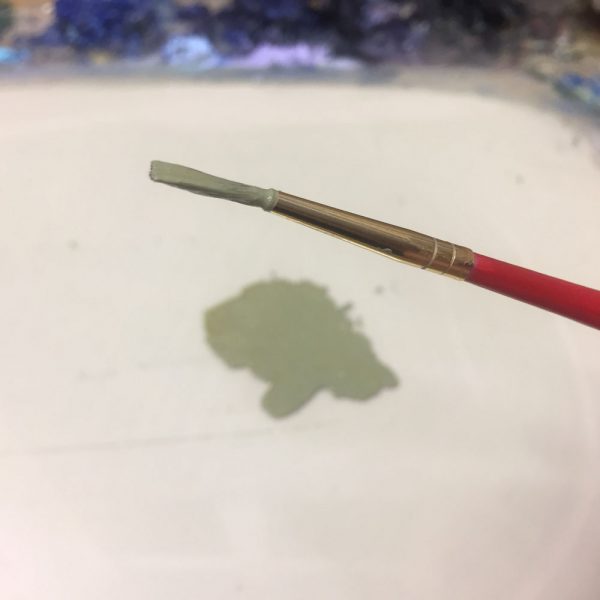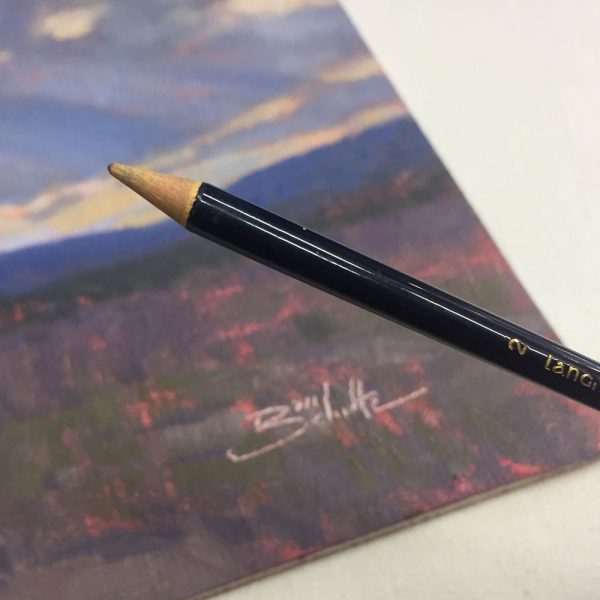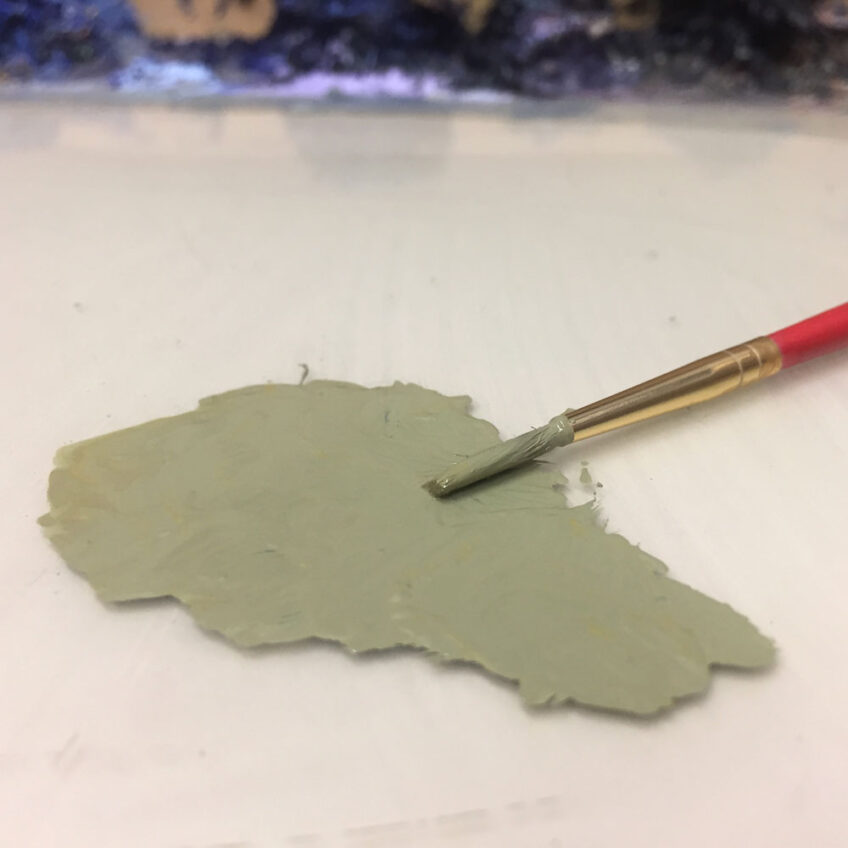Virtually every piece of work that visual artists have ever produced across the world has something in common.
The artist’s signature.
Whether it be a drawing, painting, sculpture, etching, print, traditional, contemporary, abstract, representational, modern, historic, you name it, it most likely has some kind of signature. It’s, of course, part of how we know who produced the work.
The artist’s signature is such a basic element in art that each piece of artwork is almost thoughtlessly presumed to have one. When we look at a piece of art we admire, we immediately want to find the signature to identify the artist.
But each artist has had to spend considerable time thinking about and crafting his or her own personal way of signing their work.

If you’re an artist thinking about this very thing, here are a few tips.
- Try some different ideas until you come up with a signature you like. You may be using it for a long time, so pick a good one.
- Make sure it’s readable / recognizable. (Otherwise, why bother signing at all?)
- Sign your art in a conspicuous place, but try to avoid making your signature distracting to the viewer.
- The lower corners of a drawing or painting are the most common places to sign.
- Avoid signing too close to the edge of a drawing or painting. You don’t want part of your signature to be hidden under the frame.
- Use the same signature for all of your work.
Signing with Paint:
I recommend first letting the surface of your painting dry. Then mix the color you want to use for your signature. I add mineral spirits to my paint for a somewhat runny consistency that will flow more easily off the brush. A #1 or #2 round brush should do the trick. If you mess up, you can erase your attempt with mineral spirits and try again. (That’s why it’s best to let the surface of the painting dry first.)

Signing by Scratching:
Another option I use a lot is to scratch my signature into the paint. It’s great for signing plein air paintings, or for any painting completed in one session (alla prima). For this to work, the painting has to be wet. Use something with a sharp point. Some artists use a golf tee or a nail. I took one of my old worn-out #2 paint brushes, used pliers to pull off the ferrule, then sharpened the end of the wooden handle in a pencil sharpener.
If you’re like me, it may take some practice to achieve consistent results applying your signature. But it’s worth taking some time to think about this important part of finishing a piece of art.

10 Responses
Jacqueline Pearson
Good suggestions, Dan. I’ve always thought the signature is an important element in identifying the artist. However, I’ve had a juror tell me, even though my signature was rather inconspicuous, “it detracts from the abstract quality of the painting.” The work was rejected because of the signature even though she liked the art itself. 🙁
Dan Schultz
That’s too bad, Jacqueline. I’ve gotten two show rejections recently so I know the feeling well. Entering shows and having my own gallery have made me very aware that no matter what I do I’ll never be able to please every juror or every person for that matter. Let’s just keep working to improve our art and good things will follow.
Verna Korkie
Thanks again, Dan, for the generosity of your knowledge.
I have heard of some artists who place their own fingerprint in the wet paint somewhere within the painting as part of their signature. While this is unique and very personal, I suppose with the escalation of fraud and the use of fingerprint and iris scanners, this might not be such a good idea. Who knows…….
A few years ago, though, and because I adore sparkly things, I decided to have some ‘fun’ with my signature. What I did was to subtly embed a small colour-coordinated Swarovski crystal somewhere within the painting. In the art guild to which I belong, at one point I exhibited about 40 paintings in a solo show. When parents would drag their often-reluctant kids into the gallery, I would challenge them to find the sparkly bit in the paintings. They loved it! And the bonus was subliminal exposure to the art works. I now sometimes (I know, consistency or lack thereof) place the crystal in the letter ‘O’ of my signature. After all, Life IS supposed to be fun……
Cheers,
Verna
Dan Schultz
I can see kids having a great time with that, Verna!
Edie Ostrowsky
What do you think about signingart with only a first name or a nick name because last name is too long? Many art instructors say no, use last name, even if it is 15+ letters long.
Dan Schultz
I think it’s fine to use your first name, last name, nickname or even initials as long as you do it consistently.
Stephanie Merchant Johnson
I used to sign my name “Stephanie Merchant,” then “Stephanie Merchant Johnson” after I got married. Because it was so long, I designed a “logo” with my initials a few years ago. Now that my divorce is final, I have to drop the “J” again. Something told me I should’ve retained my maiden name! LOL! Anyway, now that I’m back to “Stephanie Merchant,” I hesitate to use the shortened initials logo. Oh well … if I ever get famous, people will be able to trace my married life through my signatures! I now have to set up a new website with my maiden name. UGH!!!
Dan Schultz
Yeah that’s a bummer, Stephanie. I think a lot of women artists sign their maiden name even after marriage just to keep things consistent and easier.
Toni Moran
It’s also very important to document the back of paintings with a legible signature/printed name, title, date, location (if appropriate). Think about your artistic legacy years from now when receipts are long gone and art is widely disbursed.
Dan Schultz
This is an excellent point, Toni. Thanks for adding it in the comments 🙂